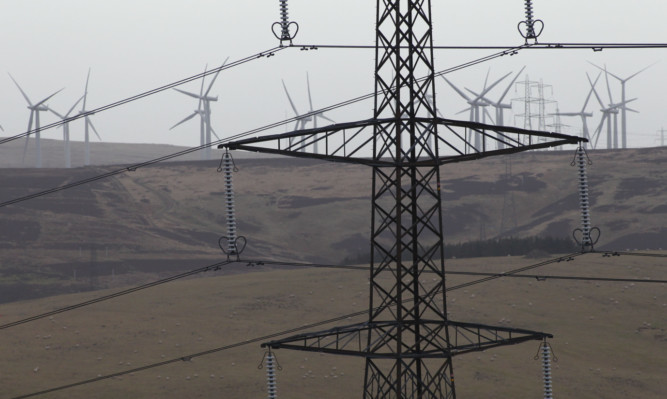Customers who have been with their energy suppliers for years are routinely being charged higher prices, a partially complete probe into the sector has reportedly found.
The Competition and Markets Authority (CMA) will report today on the progress of its investigation, which began last year after a referral from Ofgem in light of what it said were soaring household bills and increased public distrust in the sector.
The CMA will publish its provisional findings in May, but is today expected to sum up its thinking based on evidence so far and highlight areas it will focus on during the rest of the investigation.
Between 40% and 50% of customers have stuck with their supplier for more than a decade, the probe is expected to say.
The majority – 95% – of dual fuel customers, that is those who receive all their energy from one supplier, could have saved as much as £234 a year if they had changed provider in the period between 2011 and 2014, the probe update will also reportedly say.
Evidence gathered so far is expected to support the suggestion that the Big Six suppliers can “segment the market and price discriminate”.
All of the Big Six – E.ON, British Gas, Scottish Power, npower, SSE and EDF – have recently announced cuts in their gas prices in the wake of falling wholesale costs. But the scale of the reductions have been criticised by consumer groups as too small.
The probe also highlighted how customers stuck on more expensive, standard types of tariff tended to be less educated, less well-off, less likely to own their own home or have internet access and more likely to be disabled or a single parent.
These customers were more likely to be with an “ex-incumbent” supplier – the gas or electricity provider that served the area before the market was opened up to competition in the 1990s.
They tended “to think switching is a hassle, that there are no real differences between suppliers and that something may go wrong if they switch”.
But the CMA found that from 2011 to 2014, the Big Six suppliers made 12% more per unit for electricity and 13% for gas from those on these standard variable tariffs (SVTs) than customers on fixed or other deals.
It said the next stage of its investigation would focus on understanding which customers do not switch and why, and identifying the nature of “barriers to switching”.
Half of customers surveyed said they had never switched, and around a third said they had never considered switching or thought it was impossible.
Those in the latter category tended to include people aged 65 and over, those in social accommodation, customers with no qualifications and those on lower incomes.
